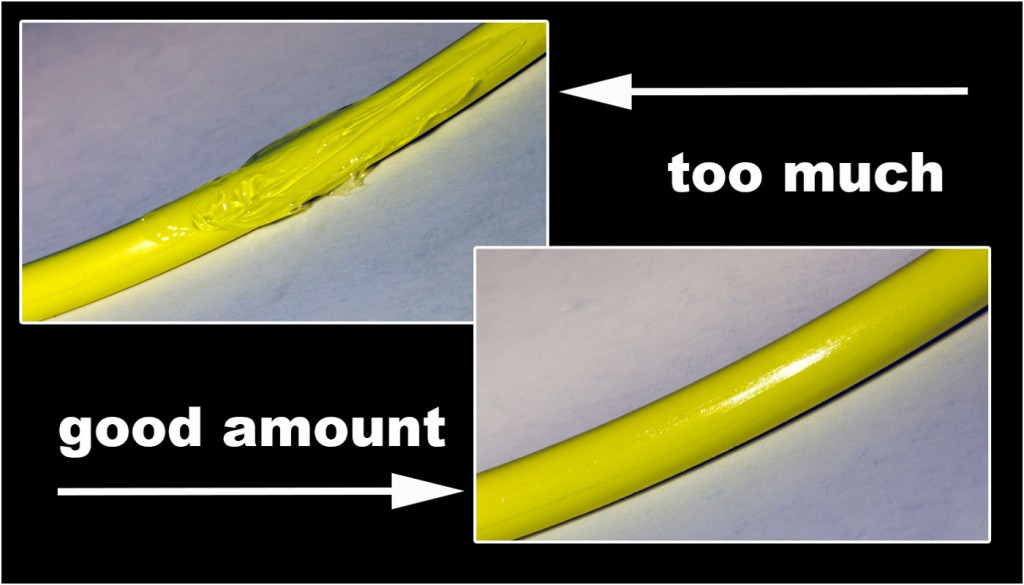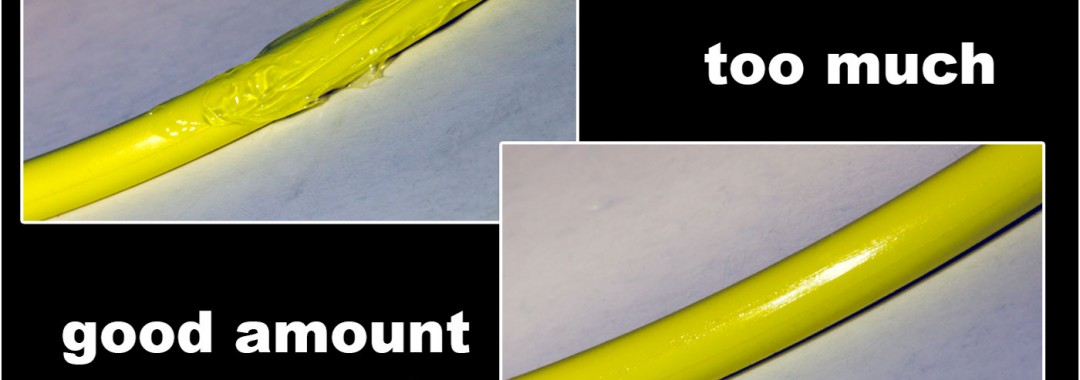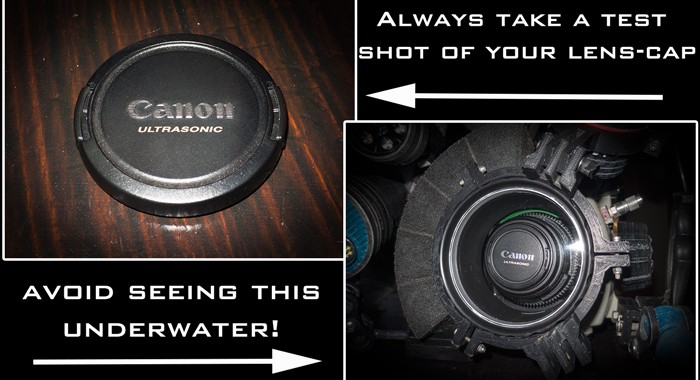
I’ve seen it quite a few times now, some photographers just use too much grease on the o-rings. There might be the myth that the grease is preventing water from entering the housing, but that’s not the case – it’s the o-ring! Yes, the o-ring stops the water from getting in the housing and the grease just helps the o-ring to stay smooth and flexible. The more grease you put on the o-ring, the more likely it is for things like tissue, fibers, sand, dust etc. to stick on, and cause a leak on the sealing surface of the o-ring! Use only a tiny amount of grease (use the grease recommended by the manufacturer) and pull the o-ring through your fingers to spread the grease evenly all over. That way you can also feel if there is any sand or damage on the o-ring. For cleaning the o-ring I normally use my T-shirt, but a tissue or microfiber cloth works just fine as well.
Tag Archives: Techniques
Don’t make your audience seasick!
I often get asked how I get such steady footage on my videos – Having good buoyancy skills helps, but the only recipe for steady macro video is using a tripod! I use this cheap and easy DIY setup (made out of Locline elements) but there are many different options for tripods out there to choose from.


